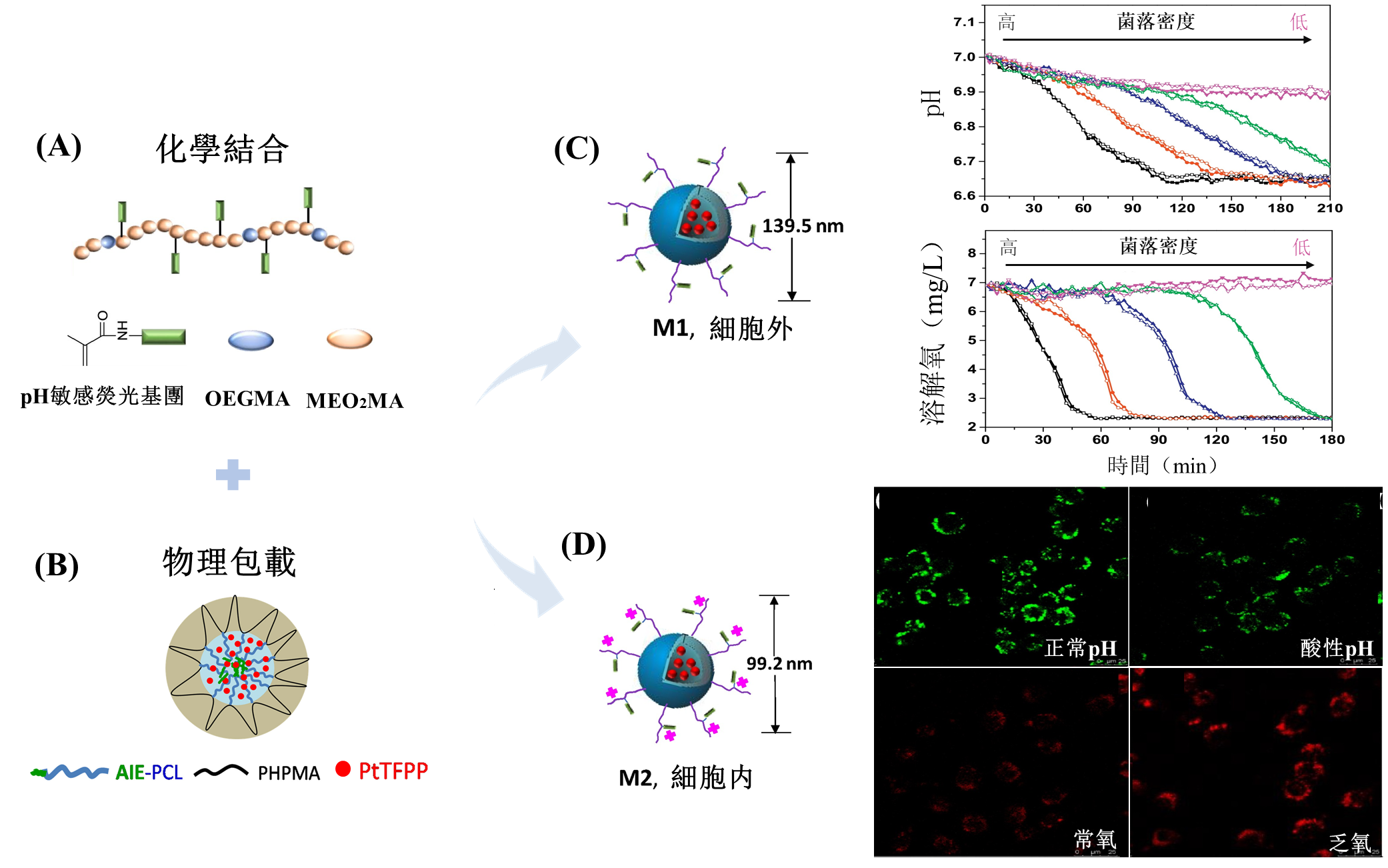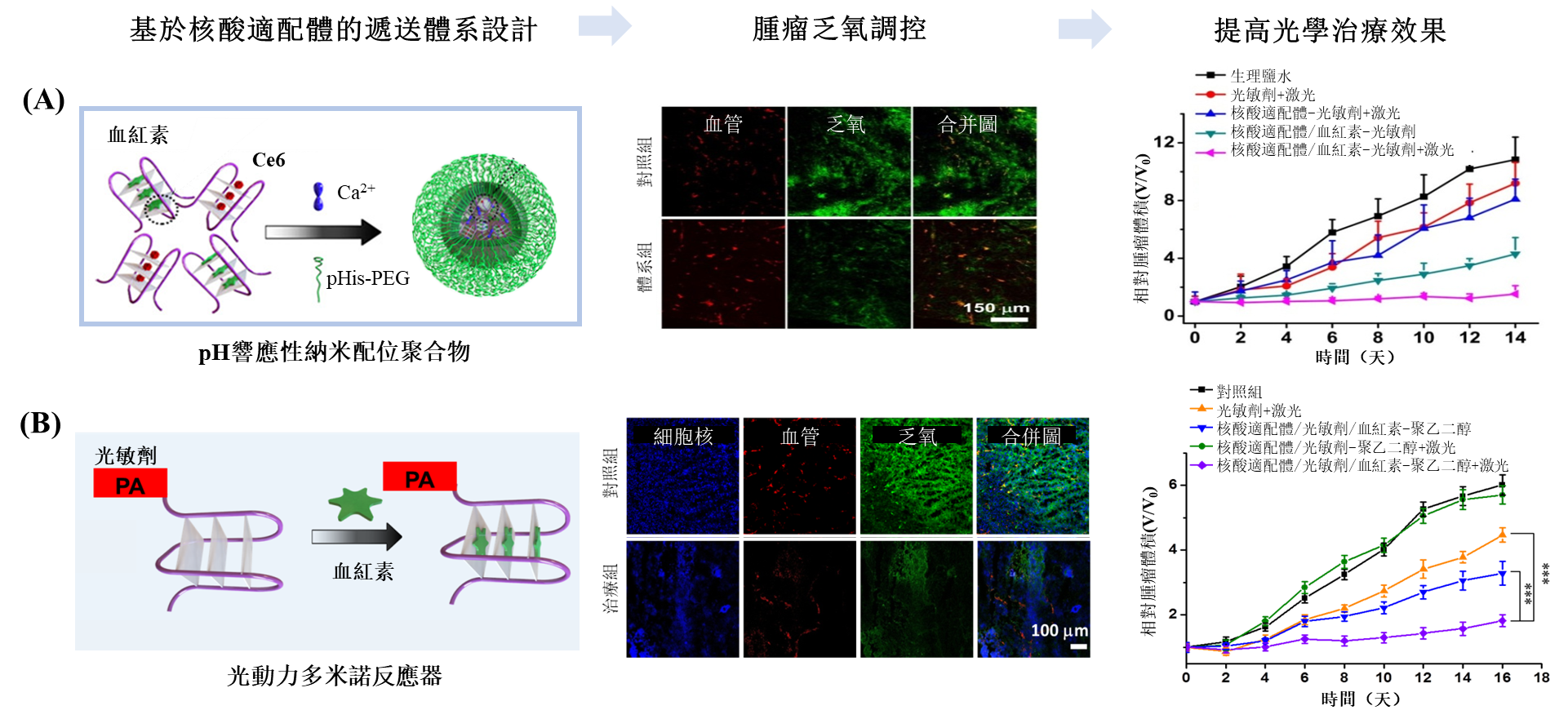Detection and Therapeutic Targeting of Hypoxic Tumor Microenvironment
Chen Mei Wan
University of Macau
The regulation or utilization of the hypoxic microenvironment in solid tumors is of great significance for cancer diagnosis and treatment. It not only benefits for inhibiting tumor growth and metastasis, but also addresses drug resistance in cancer therapy. However, the hypoxic microenvironment changes the genetic mutation process of tumor, posing a huge challenge to cancer diagnosis and treatment. With the support of the Science and Technology Development Fund (FDCT) of Macau and other funds, the project group conducted in-depth research on the detection mechanism of hypoxic microenvironment and provided novel materials and methods for early cancer diagnosis by developing nanoprobes with high sensitivity and accurate detection of tumor hypoxia. In addition, nano-drug delivery systems with good biosafety were constructed to regulate the hypoxic microenvironment to enhance the performance of phototherapy. A new strategy of sensitizing therapeutic efficacy was further proposed to reverse drug resistance caused by the hypoxic microenvironment, providing significant scientific basis for highly efficient cancer therapy. The research achievements of this project are important in enhancing academic influence of Macau, and the nurtured talents in the medical and technological field will strongly promote the development of the medical and health industry in the Greater Bay Area.

Fig 1 Chemical graft (A) and physical encapsulation (B) for conjugation of graft copolymers-based dual pH and oxygen luminescent nanoprobes using luminescence intensity (C) and fluorescence imaging (D) for extracellular and intracellular real-time monitoring of pH and dissolved oxygen

Fig 2 pH-responsive G-quadruplex-based nanoscale coordination polymer (A) and aptamer-based photodynamic domino reactor (B) can modulate tumor hypoxia to enhance therapeutic efficacy



